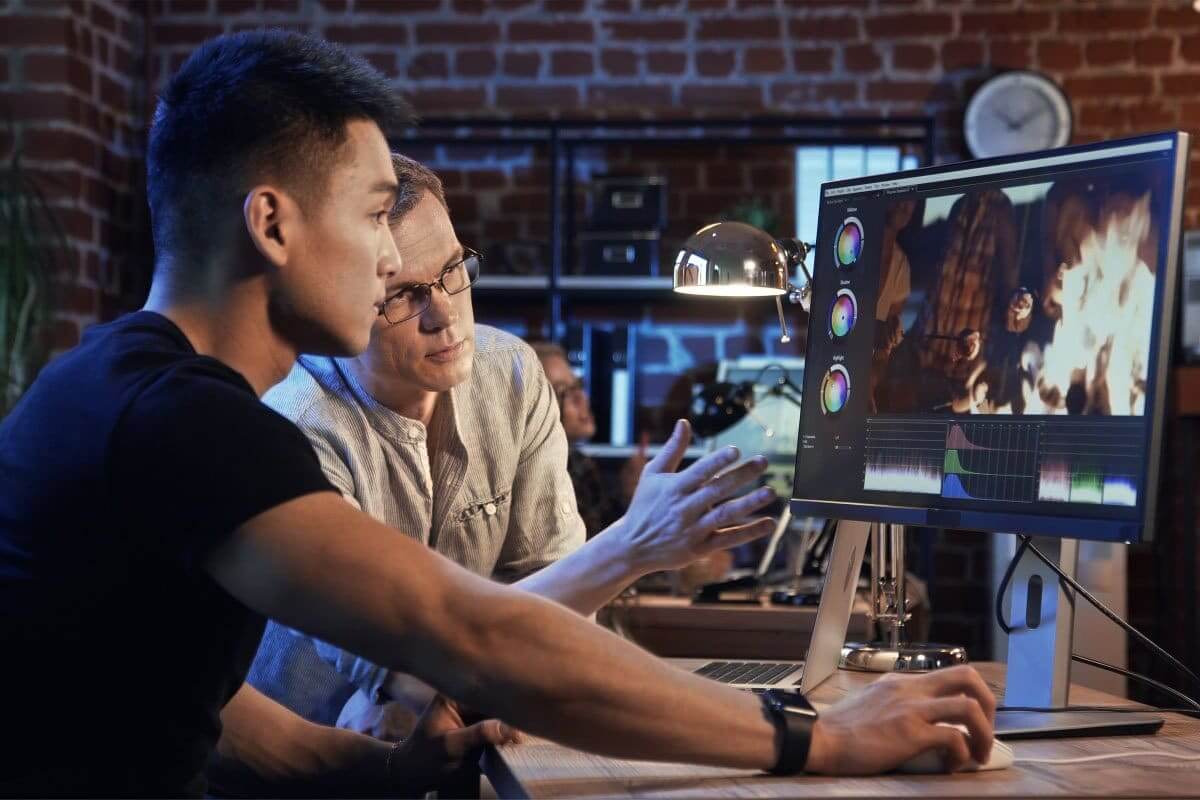In the ever-evolving realm of digital film, the role of a movie editor is becoming increasingly dynamic. Modern movie editing software doesn’t just stop at cutting and merging clips; they now come packed with advanced features. For those who’ve got the basics down and want to dive deeper, exploring these advanced capabilities is essential. This article sheds light on some of the top advanced features you can find in today’s movie editing tools.
1. Color Grading and Correction
While basic editing tools allow for simple color adjustments, modern software offers intricate color grading and correction tools. This feature lets movie editors fine-tune the look and feel of each scene, ensuring that colors are balanced and accurate. With the help of color wheels, scopes, and advanced settings, editors can enhance mood, correct for different lighting conditions, or even create unique visual styles.
Key features of advanced color grading and correction:
- Color Wheels: Precisely adjust highlights, midtones, and shadows.
- Scopes: Use waveform and vector scopes for accurate color measurement.
- LUTs (Look-Up Tables): Apply preset color grading styles or create custom ones.
- High Dynamic Range (HDR): Works with wider color gamuts and luminance ranges.
2. Motion Tracking and Stabilization
Have you ever wondered how certain objects in a video move smoothly or how shaky footage suddenly appears steady? The magic lies in motion tracking and stabilization tools. Motion tracking lets the movie editor track specific objects throughout a scene, allowing for effects or text to follow them. On the other hand, stabilization tools help remove unwanted camera shakes, giving a more polished look to the final product.
Key features of motion tracking and stabilization:
- Object Tracking: Attach visual elements to moving objects.
- Text Tracking: Add dynamic text that follows a subject.
- SmoothCam: Automatically stabilize shaky footage.
- Warp Stabilizer: Correct distortion caused by stabilization.
3. Multi-Cam Editing
Modern filmmaking often involves shooting a scene from multiple angles simultaneously. Multi-cam editing features allow movie editors to sync footage from different cameras, seamlessly switch between angles, and ensure the final sequence is cohesive and fluid. This feature is convenient for events like concerts or interviews, where multiple viewpoints provide a richer viewing experience.
Key features of multi-cam editing:
- Angle Syncing: Automatically align multiple clips based on audio or timecode.
- Real-Time Switching: Effortlessly switch between camera angles during playback.
- Angle Viewer: See all synced angles for precise editing.
4. Advanced Audio Mixing and Editing
Good visuals with poor audio can break a movie. Modern movie editing software understands this. Beyond basic volume adjustments and syncing, these tools now offer advanced audio editing capabilities. Movie editors can refine soundtracks by adjusting pitch, removing background noise, and even spatializing audio for a 3D sound experience. Such features ensure that the audience is visually and audibly engrossed.
Key features of advanced audio mixing and editing:
- Pitch Correction: Fix off-key vocals or instruments.
- Noise Reduction: Remove background noise for more transparent audio.
- Audio Effects: Apply reverb, equalization, and compression.
- 3D Audio: Create immersive soundscapes for VR or surround sound.
5. Virtual Reality (VR) and 360-degree Video Editing
With the rising popularity of VR headsets and 360-degree videos, movie editors now have tools designed specifically for this format. These features allow editors to stitch together footage from 360-degree cameras, apply effects, and ensure that the final output is immersive and glitch-free. It’s a step into the future of filmmaking, letting viewers experience content in a completely new way.
Key features of VR and 360-degree video editing:
- 360-degree Preview: View and edit content in a spherical workspace.
- 360-degree Effects: Apply effects that work seamlessly in a 360-degree environment.
- 360-degree Export: Prepare content for platforms like YouTube VR or Oculus.
Adobe states, “Make intuitive edits in your timeline with the Trim tool to extend or shorten clips. You can even create and edit a multicam sequence using Premiere Pro’s straightforward editing process.” Maybe like to read The Q Family Adventures.
So, whether you’re a seasoned editor or someone diving into the advanced world, embracing these features can elevate your projects professionally. Remember, in film editing, the only limit is one’s imagination.

















